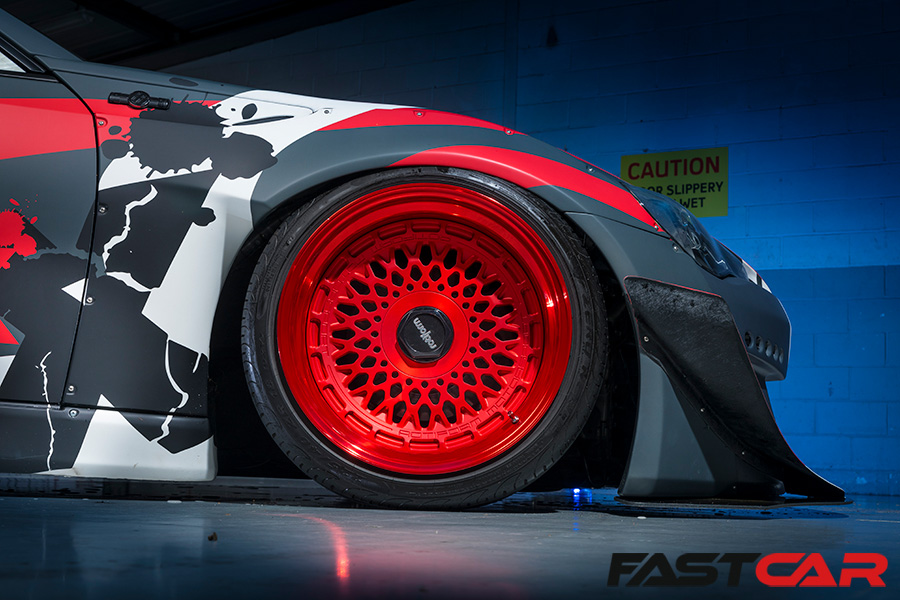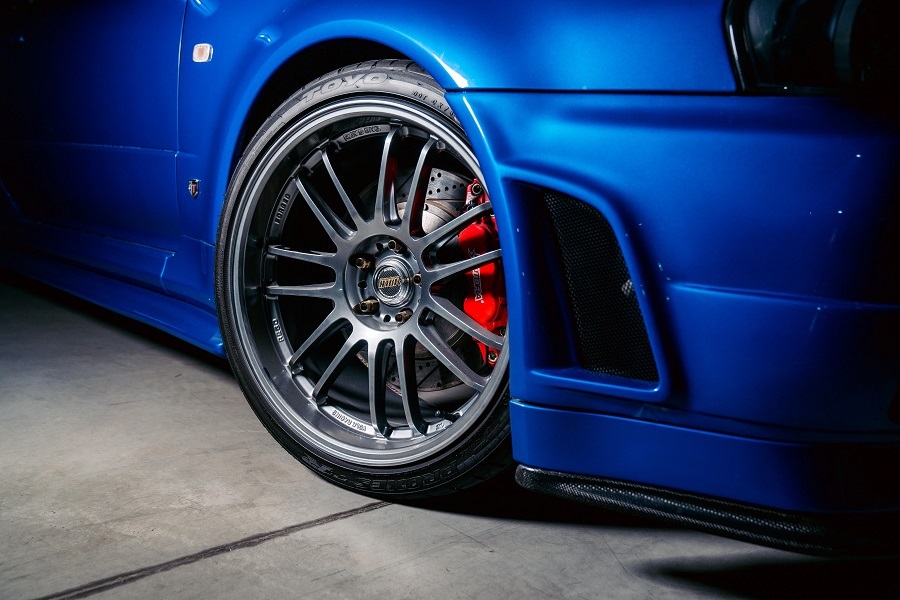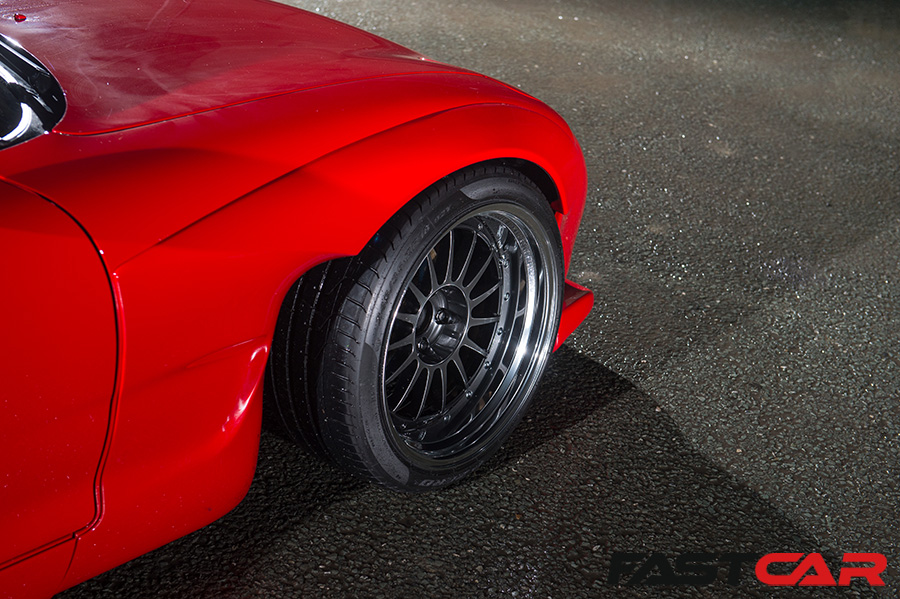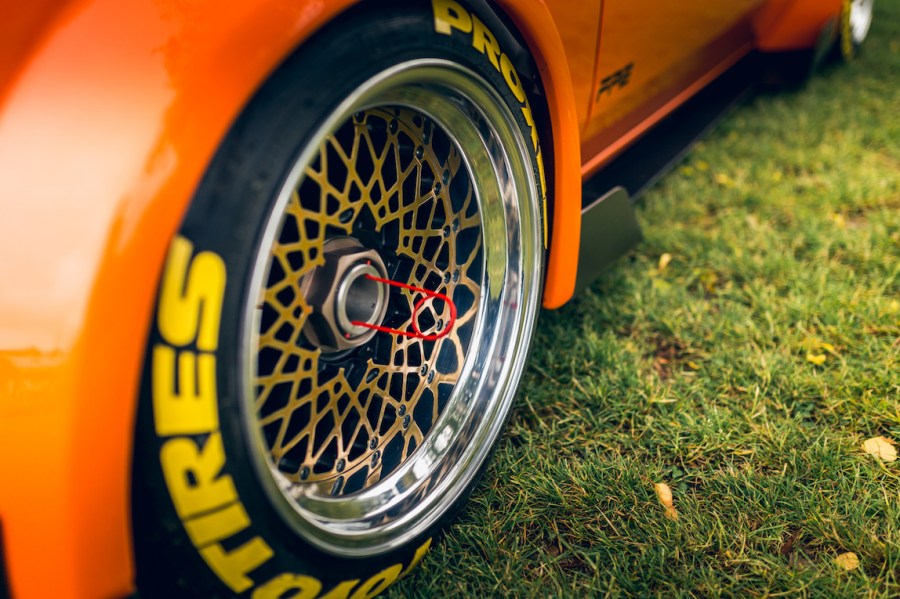Want the best car tires advice, tips, and tricks? Then look no further. We dive into everything car tire related so you can keep on top of your car maintenance, while also picking the best tires for you.
What is the main difference between performance and all-season car tires?
Manufacturers design their ‘performance’ tires to operate at peak performance when the temperature is over 7℃. They are optimized for the highest possible levels of both wet and dry handling and braking performance in what is generally referred to as ‘summer’ conditions. Tires of this type make up the vast majority of those sold. In the UK, that figure is around 90%!
Alternatively, an all-season tire should perform all year round – even when the temperature drops. All-season tires therefore offer the convenience of one tire that performs adequately all year round, but it will typically lack some of the capabilities of a focused summer performance tire near the limits. A true all-season tire will feature the Three Peak Mountain Snowflake (3PMSF) symbol – this signifies that it meets the standards required of a ‘winter’ tire in Europe.
It is still most common for Ultra High Performance cars to recommend separate focused summer and winter tires in order to maximize the vehicle’s performance as conditions vary. All-season tires better suit vehicles where summer performance demands are not as extreme.

What are low-profile tires?
A low profile tire has a relatively slim sidewall height compared with the overall diameter of the tire. Historically, radial tires had a standard profile of ‘80’ – meaning the height of the sidewall was 80% of the tire’s tread width. Through the 1970s and 80s, profiles began to get lower. These days, profiles of ‘55’ and lower make up the majority of tires sold. As tire technology moves on, and wheels get larger, the term ‘low profile’ has evolved and is a matter of opinion – probably ‘40’ or below.
Why do road car tires have a tread but race tires (slicks) don’t?
Slicks provide excellent grip as they place as much rubber in contact with the road as possible. However, they have no capability to displace water. As road cars encounter wet surfaces on a regular basis – and can’t pull into the pits to swap to wet weather tires – they have to be prepared for whatever the weather throws at them!
How important is tire pressure? Does it really matter if my tires are out by a couple of PSI?
If there is one thing you can learn from this tires advice article is that tire pressure has a significant effect on vehicle handling, tire life and fuel efficiency. Roughly speaking, if you under-inflate a tire by 10%, it’ll use 1% more fuel, and achieve just 90% of its expected life. Under inflation will also impair handling, and potentially make the vehicle unsafe to drive.

Is it true that performance tires don’t last as long and aren’t as good in the wet?
No tire will have better levels of performance in the wet than it will on a dry road – the water acts as lubricant and reduces the tire’s ability to transmit the driver’s inputs to the road. That said, a good tire’s performance in the wet will be as close as possible to its dry performance, and will still provide assured levels of grip. It is possible that a driver can cause more tread wear in wet conditions by allowing the wheels to spin more.
My friend says they have stretched car tires. What does this mean and is it legal?
Tires advice doesn’t come more crucial than when dicing with the law. ‘Stretched’ refers to tires that are relatively narrow, compared with the width of the wheel they envelop. This results in the tire stretching across the rim. People usually do this for aesthetic purposes – especially in the most extreme cases. Stretching tires puts them in a state that manufacturers never designed or tested them for, and it is therefore not advisable and potentially unsafe.
Visit our guide on tire stretching for more information.

What’s the difference and benefits between asymmetric and directional car tires?
Asymmetrical tires have a tread pattern that varies across the width, meaning they have an ‘inner’ and an ‘outer’ side. Manufacturers tune each side of the tire for different aspects of performance. The ‘outer’ is typically designed for cornering and steering, with the ‘inner’ being more focused on providing traction.
Directional tires typically have some form of ‘V-shaped’ pattern. They are designed to run in a certain direction. The V-shaped tread is ideal for providing traction – especially in wet and wintry conditions – and is therefore more commonly found on winter or all-season tires.
Asymmetrical tires are more common than directional tires these days, as they meet the tire efficiency requirements more easily.
What’s the minimum tread depth of a car tire for it to be legal?
The minimum threshold in the US is 2/32″ (1/32″ in California and Idaho). In the UK, it’s 1.6mm throughout a continuous band in the center 3/4 of the tread and around the entire circumference of the tire.







